... the engine may very well deliver far better than book climb performance up to FL 160, but there is no way to tell from the POH; only a flight test will show.
We did a test flight yesterday with the DA40 (2.0 TDI Centurion, 155 hp), to see how it would perform at altitude. We were with 3 POB and full tanks, resulting in a W&B close to MTOW.
The route was from Lelystad (EHLE) to Sylt (EDXW), a German island close to the Danish border. Optimistic as we are we filed for FL160.
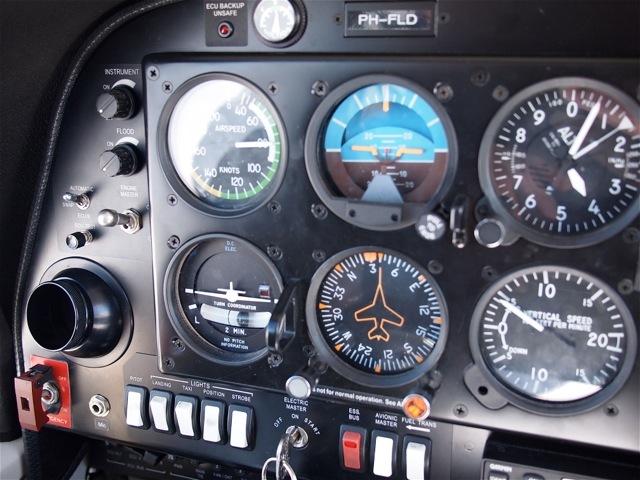
At FL140 the climb rate was still around 500ft/min. Indicated power at the FADEC was around 90% with full trottle. Fuel flow 6,5GPH.
We reached FL160 without any problem. The engine panel was still indicating 85% power at full throttle. OAT at that altitude was -15C.
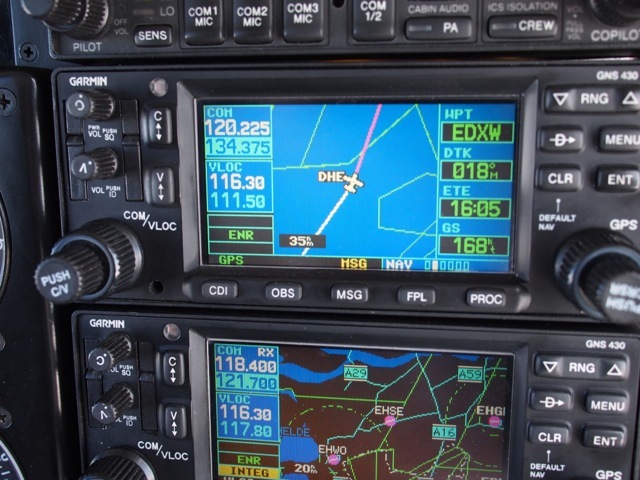
With some tailwind we where doing 168KTS ground speed. IAS around 105KTS.
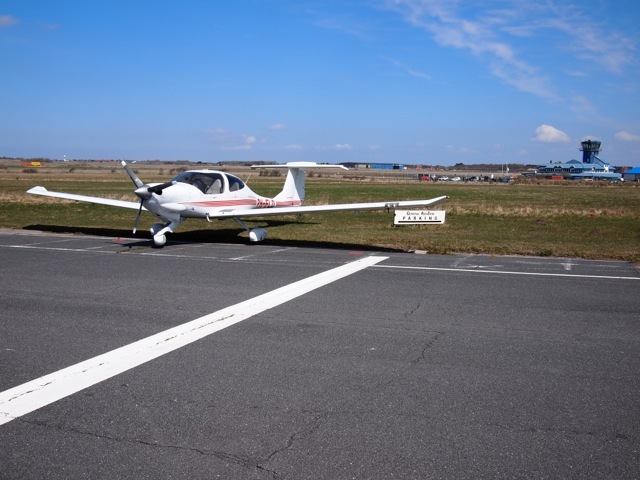
Sylt is a small IFR field. We did the ILS RWY 31 approach. Landing fee was 49EUR. We walked to the beach and had a nice lunch. We decided to file the return flight at FL170, and climb to FL200 with 1000ft increments, to see what the service ceiling would be.

Helgoland EDXH within gliding distance :-)
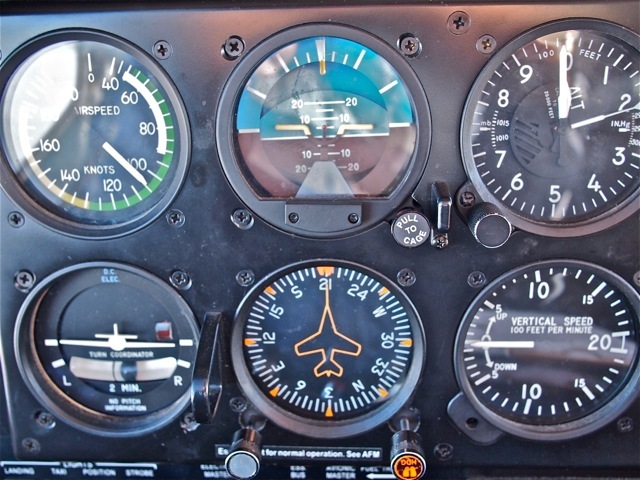
Here we are at FL200. We never thought that would be possible, as the DA40 only has 155hp, and we were fully loaded. OAT at FL200 was -23C, QNH 1025hpa.
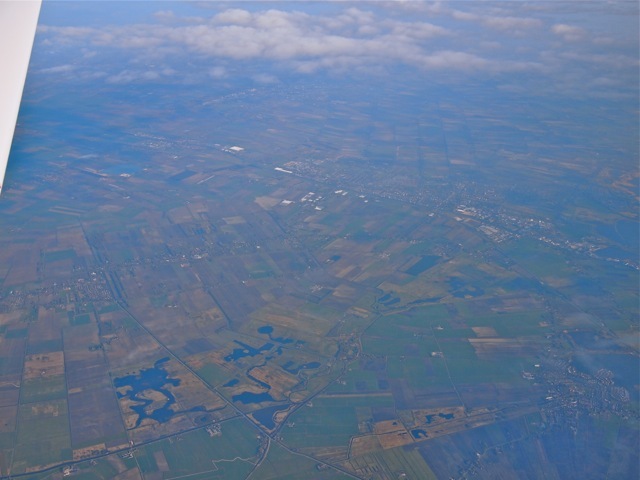
I got a bit dizzy at this altitude. I checked my O2 level and it indicated 98%, which is perfect, but with a heart rate of 160. I realized I was tensed and out of my comfort zone. I gave controls to the pilot in the RHS and focused on relaxed breathing. All was fine within a few minutes. Guess I was experiencing some kind of acrophobia.
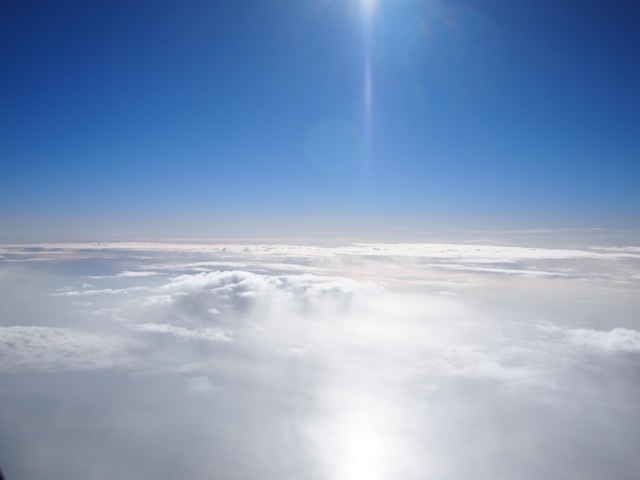
Amazing views!
I agree, amazing views and lovely pictures. Thanks for sharing them
Thank you, very interesting. However, please consider that for describing cruise performance , neither IAS nor GS is of any interest, only TAS. (Of course, one can calculate it, having CAS, presure ALT and temperature...the GNS430 does it real quick for you). I just did it for your return flight at FL200, and it works out to a little more than 142 KTAS (assuming CAS=IAS in that speed range).
What %BHP were you able to achieve at FL200? How did the flight controls feel? In my experiments, the feel of the airplane changes at these altitudes.
Most airplanes have good takeoff power and weak level power. The Thielert is the opposite which is why the DA40 is weak on takeoff but rather good in cruise. The Cessna 172 Thielert STCs (135hp instead of 160hp) had better cruise performance than the Lycoming version.
I think the Thielert 155hp is an attractive engine. Good power/weight ratio, much better than the Austro.
What %BHP were you able to achieve at FL200? How did the flight controls feel? In my experiments, the feel of the airplane changes at these altitudes.
Max available power at FL200 was 80%, if I remember correctly. I agree with you that the feel of the aircraft changes with altitude. The flight controls felt very light. It was amazing how smooth the flight was at that altitude. But it will change with the weather of course; there was a very stable high pressure system that day...
The ride at that altitude is always better than at lower levels. One of the real advantages of getting into the mid flight levels.
20k is impressive for a DA40 and shows what a turbocharger does.
I've been to 20k several times and the plane flies and handles fine, but the IAS is quite low and obviously the rate of climb is low so the aircraft becomes extremely sensitive to the slightest downdraught and even a -100fpm downward flow will prevent altitude being maintained.
Also most autopilots cannot hold vertical speed accurately enough to maintain say 100 or even 50fpm. The KFC225 for example has a bug in that it adds or subtracts (usually subtracts) 100fpm from whatever VS figure you have preset. So it is difficult to use it to climb to FL200 where the VS is under 100fpm. One would have to use the pitch-hold mode.
Also temperature has a strong effect on the ceiling. I can make FL200 easily in ISA conditions but can struggle to make FL180 in say ISA+15. And 2012 was a strange year, with ISA+10 (or more) on most flights, even though the surface temps were below average.
One advantage of being able to fly high is that if one is flying in IMC (I would not suggest anybody without radar does long enroute sections in IMC unless 100% sure of the weather) one can climb up to a level where the OAT is below -15C and that should protect you from structural icing.
How about coffins corner?
Where would that kick in for a DA40?
Coffin corner is something for very fast (near Mach 1.0) airplanes. Not really applicable to a DA40...
My highest was FL240 with my Cessna TR182. Flight controls get extremely light at that altitude, a very unusual feel to them. I was able to maintain 95-98% O2 saturation with the Mountain High O2D2 nose cannula system which I found impressive.
IMO an aircraft engine needs turbonormalization or turbocharging. Being able to climb is the most useful weather avoidance tool and with turbonormalization one can do with a smaller engine in the first place. Turbonormalization also completely removes any hot & high worries, no need to do any calculations, no uncertainty.
Turbonormalization is the better alternative in my view because it gives you a strong engine which has some external help to keep its power at altitude, not a weaker engine with artificial ventilation to make the sea level power it needs. That's my main concern about the SMA engine. It produces about 90" of manifold pressure at sea level with two large turbochargers but quickly loses its power at altitude. A gasoline engine only needs around 30" of MP to make its rated power which is much easier to keep at altitude.
A fun and interesting read : flight testing the service ceiling of an RV12 (Rotax 100hp)
http://www.rbogash.com/RV-12/Service%20Ceiling/RV-12-Service-Ceiling.html
enjoy !